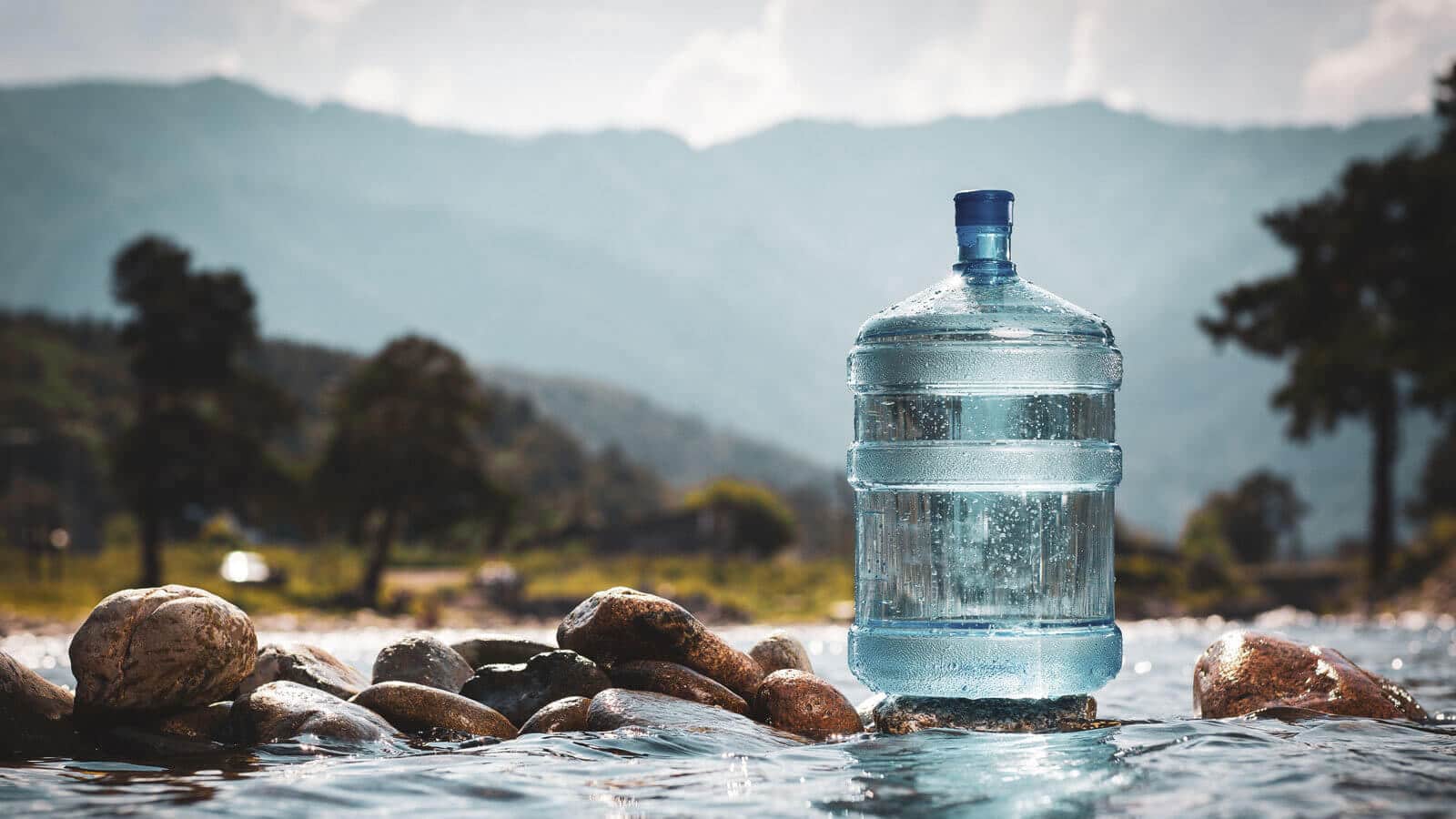Long-Term Water Storage Solutions for Crisis Situations
December 22nd, 2024
5 minute read
The lights flicker and within moments you are in the middle of a survival situation. The unthinkable has happened and your preparations are about to be tested. As days turn into weeks, you begin to realize that help is a very long way off. Your preparations look adequate except for one area: water.
Long-term water solutions in emergencies are critical. You can only store so much bottled water and unless you have a reliable source nearby you will be scavenging for the most critical survival item during an extended crisis. We obviously need water to drink but water is also essential for basic sanitation, cooking, and even pets or livestock.

There are long-term water solutions we can look at, however. As always, it is best to plan ahead and have these preparations made well in advance. First up is finding water. There are three primary sources of water in a collapsed society: natural waterways, underground aquifers, and rain. The best solution is a deep well or natural spring on your property. This has the capacity to provide usable water almost indefinitely.
The depth of a well depends on your location. Some wells can be as shallow as 15 feet while others may be hundreds of feet into the earth. Wells must be planned out in advance and can be an expensive investment. They can also be one of the best investments you can ever make. With enough preparation you can also install a solar-powered pump system. You are also encouraged, however, to maintain a manual pump on the system in the event of electronic issues.
Natural waterways such as lakes, streams, and ponds can also provide reliable water sources. One of the challenges with this option is getting the water back to your camp or home. A single gallon of water weighs over 8 pounds, which makes moving large quantities a major task. While carrying this load may seem annoying but doable to many, there are factors you must consider. Weather interruptions such as severe cold and frozen waterways can eliminate the option. In addition, an injury can make the trek a challenge. The best thing you can do is at least keep a cart or wagon available to help carry the water.

Another way to obtain water is to capture rain. Capturing rain requires the construction of a cistern or large storage system. This system must be sturdy and sound in order to serve you for the long term. This can be a great way to gather water, especially if you live in a region where rain is plentiful.
Purification & Long Term Storage of Water
Now that you have water, how do you store it for the long term? One of the best ways is to use 5-gallon, BPA-free water bottles. These are manageable in size and can be loaded into top-filling water fountains. Kept in a cool, dry place these bottles will serve you for the long term. On the larger end is a 500-gallon water tank. A Poly-Mart-style tank is made from FDA/NSF-approved, food-grade, BPA-free polyethylene and has built-in UV inhibitors to avoid color fading and breakdown from harsh sunlight. These tanks are all pre-installed with valves to allow for the filling of smaller containers.
It is important to remember that the water we gather from just about any source must be treated prior to consumption. Even if it is crystal clear, it can contain dangerous organisms. To prepare water for consumption, consider one of these “off the shelf” solutions.
One of the best-known water filtration systems around is the “Big Berkey.” This system purifies both treated water and untreated water from such sources as remote lakes, streams, stagnant ponds, and water supplies in foreign countries where regulations may be substandard at best. The Berkey water filter is a popular system and is perfect for everyday home use and outdoor activities. It’s a must-have in hostile environments where electricity, water pressure, or treated water may not be available. This system removes pathogenic bacteria, viruses, cysts, and parasites entirely, and it extracts harmful chemicals such as herbicides, pesticides, VOCs, organic solvents, and trihalomethanes. It also reduces nitrites and heavy metals such as lead and mercury. This system is so powerful it can remove food coloring from water without removing the beneficial minerals your body needs. Virtually no other system can duplicate this performance.
A second filtration option can help you both at home and on the go. The portable MSR Guardian purifier removes viruses, bacteria, protozoa and dirt, and leaves you with clean, drinkable water. The Guardian purifies 2.5 liters per minute and is as rugged as it is practical – it can survive freezing temperatures and drops of up to 6 feet. This is a revolutionary device.
Another option is the use of a chemical agent to prepare water for consumption. One of the best in this realm is AquaDrop. Just one drop of AquaDrop to a gallon of water will remove and kill cholera, E. coli and virtually every type of bacteria you will encounter, and it has been shown to be effective against literally hundreds of common bacterial problems. AquaDrop is also an effective algae treatment. Its primary function is to rapidly destroy organic contaminants in water. This includes water from lakes, ponds, water reservoirs, cisterns, natural and manmade wells, and tanks where water needs to be safe, odor-free, and pleasant tasting for human consumption.
A method that closely follows the government’s suggestion for water preparation is the PURE Electrolytic Water Purifier from Potable Aqua. This is the smallest and most cost-effective water purification device on the market. Using a simple brine solution, the device produces a powerful mixed-oxidant disinfectant capable of purifying even the dirtiest of water. The small device inactivates viruses, bacteria, Giardia and Cryptosporidium, killing 99.9 percent of all organisms without the need to pre-filter or pump. Using this effective device to disinfect large quantities of water is both straightforward and simple.
Second to oxygen, water is the most important thing we need to survive. It is important to recognize just how challenging long-term water solutions can be. While there is a chance an emergency management team could assist with water, you should not count on it. By educating yourself and making serious preparations you can master this crucial obstacle in the survival challenge.
Edible Water Storage
An alternative to storing water may also double as a ration. Developers out of London are introducing what they have dubbed “Ooho Water” – H2O encased in gelatinous, edible blobs. The orbs are made from an algae-based gel, and you consume the water inside by simply biting or squishing the orb into your mouth. The orbs can also be swallowed whole. The recipe is easy to whip up at home and does not require gas or electricity to make. Originally developed to battle the increasing epidemic of worldwide plastic pollution, Ooho Water makes a great lifesaving tool when dealing with disasters.
Final Thoughts on Storing Water
In any crisis situation, securing a reliable supply of clean water is not just essential — it’s a matter of survival. By exploring filtration methods, rainwater collection systems, and other sustainable solutions, you can ensure you’re prepared for the long haul.
Ultimately, the best long-term water storage plan combines practical storage techniques with renewable water sources and robust purification options. Taking action now will provide peace of mind and confidence, knowing that when the unexpected happens, your water supply will remain clean, safe, and reliable.
Join the Discussion
Continue Reading
Did you enjoy this article?

 154
154






